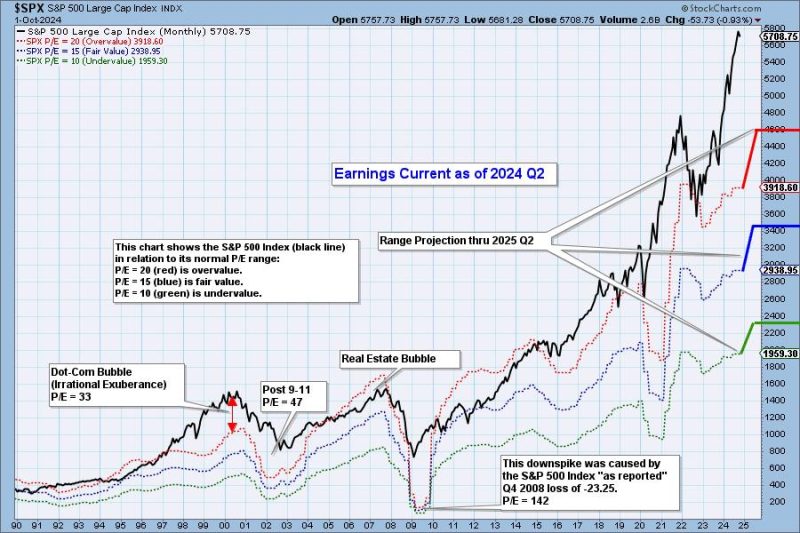As we delve into the financial performance of the market during the second quarter of 2024, it becomes apparent that an air of overvaluation continues to hover over investors. This sentiment stems from various factors that have propelled stock prices beyond their intrinsic values, raising concerns about the sustainability of such valuations in the long run.
One key driver of this overvaluation is the prevailing low-interest-rate environment. With central banks maintaining accommodative monetary policies to stimulate economic growth, investors have been pushed towards riskier assets such as stocks in search of higher returns. This trend has resulted in a surge in stock prices that may not necessarily be supported by strong fundamentals.
Another contributing factor to the overvaluation is the influence of large institutional investors and passive investing strategies. The dominance of institutional players in the market, coupled with the rise of passive funds and ETFs, has led to a herd mentality among investors. This dynamic can amplify market movements, causing prices to disconnect from underlying company performance.
Moreover, the proliferation of technology and algorithmic trading has introduced new complexities to the market. High-frequency trading and algorithmic strategies can exacerbate volatility and lead to rapid price swings that may not be reflective of true value. This technological evolution has made it challenging for traditional investors to accurately assess and price securities.
Furthermore, the ongoing geopolitical uncertainties and macroeconomic risks add another layer of complexity to the market landscape. Factors such as trade tensions, political instability, and global health crises can introduce volatility and impact investor sentiment. In such an environment, market participants may resort to speculative behavior, further fueling overvaluation in certain sectors or asset classes.
While the current market exuberance may present opportunities for short-term gains, investors should exercise caution and remain vigilant in assessing the true value of their investments. Conducting thorough fundamental analysis, diversifying portfolios, and maintaining a long-term perspective can help mitigate the risks associated with overvaluation. By staying informed and disciplined in their investment approach, investors can navigate the challenges of an overvalued market and position themselves for sustainable growth in the long run.
